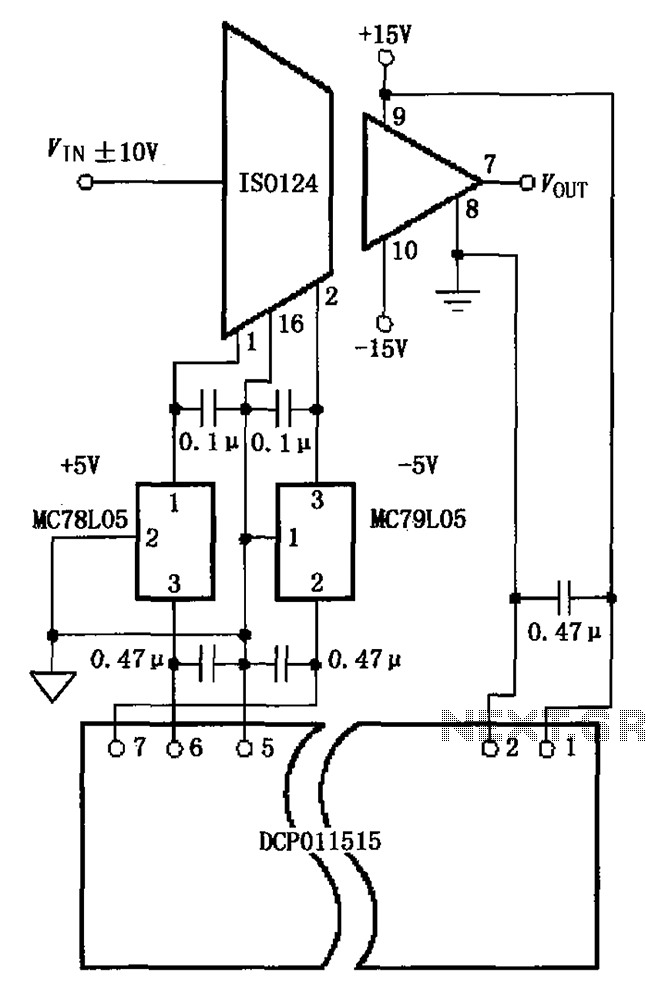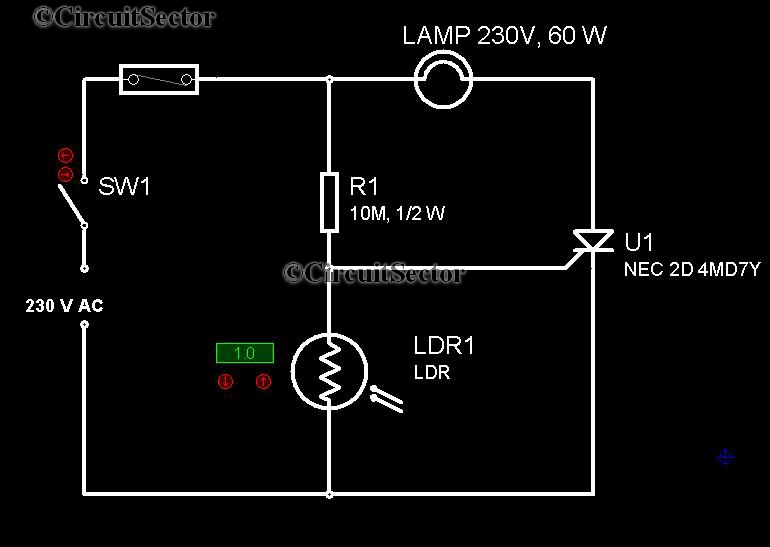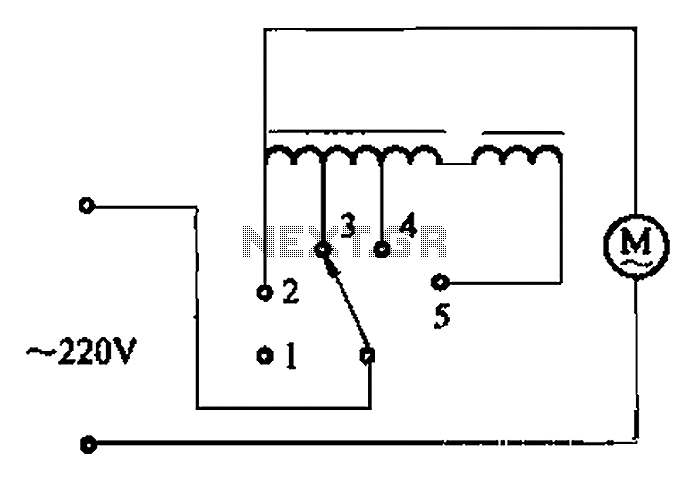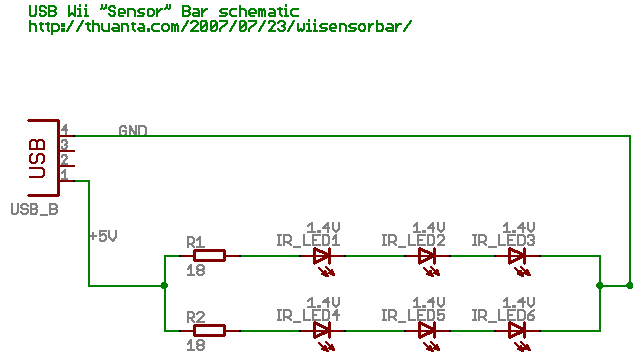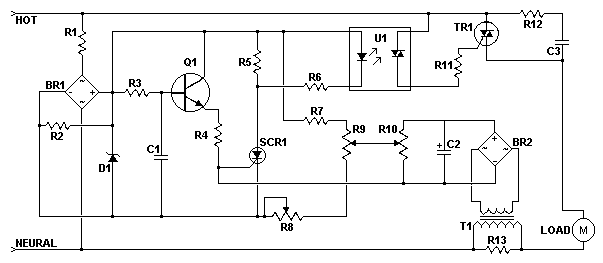
Diodeless Rectifier Circuit
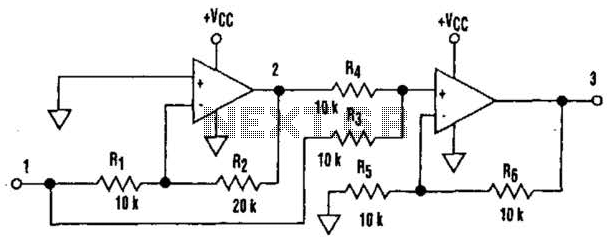
It is well understood that utilizing single-supply operational amplifiers (op amps) can present challenges when implementing simple functions in a bipolar signal environment. Often, this necessitates the use of additional op amps and other electronic components. Considering this, it is pertinent to explore whether any advantages can be gained from this configuration. The answer is demonstrated in a simple circuit (A), which requires no diodes and functions as a high-precision full-wave rectifier. The high-frequency limitation of this circuit is equivalent to that of the op amps used. The circuit's timing diagram (B) illustrates the operational principles. The first amplifier rectifies negative input levels with an inverting gain of 2, while positive levels are converted to zero.
The second amplifier, configured as a non-inverting summing amplifier, combines the inverted negative signal from the first amplifier with the original input signal. The overall output results in the traditional waveform characteristic of full-wave rectification. Despite the constraint on input signal amplitude, which must remain below VCC/2, this circuit can be effectively employed in various applications.
This circuit design utilizes a pair of operational amplifiers to achieve full-wave rectification without the need for diodes, which can introduce forward voltage drops and limit the precision of the output. The first op amp operates as an inverting amplifier, where the input signal is inverted and amplified by a factor of 2. This configuration ensures that negative input voltages are accurately represented, while positive voltages are clipped to zero, effectively preparing the signal for summation.
The second op amp is configured as a non-inverting summing amplifier, which takes the output from the first op amp and adds it to the original input signal. This summation process is crucial, as it combines the inverted negative signal with the positive portion of the original signal, resulting in a full-wave rectified output. The output waveform produced by this arrangement closely resembles that of traditional full-wave rectifiers, providing a clear representation of both the positive and negative halves of the input signal.
The design's limitation regarding the input signal amplitude, which must be less than VCC/2, is an important consideration for practical applications. This restriction ensures that the op amps operate within their linear range, maintaining signal integrity and preventing distortion. The circuit's high precision and ability to handle high-frequency signals make it suitable for various electronic applications, including audio processing, signal conditioning, and instrumentation, where accurate rectification is essential. Overall, this configuration highlights the utility of op amps in achieving effective signal processing in single-supply environments. It`s common knowledge that when working with single-supply op amps, implementing simple functions in a bipolar signal environment can be difficult. Sometimes additional op amps and other electronic components are required. Taking that into consideration, can any advantage be attained from this mode The answer lies in this simple circuit (A).
Requiring no diodes, the circuit is a high-precision full-wave rectifier with a liigli-frequency limitation equalling that of the op amps themselves. Look at the circuit`s timing diagram (B) to see the principle of operation. The first amplifier rectifies negative input levels with an inverting gain of 2 and turns positive levels to zero.
The second amp, a noninverting summing amplifier, adds the inverted negative signal from the first amplifier to the original input signal. The net result is the traditional waveform produced by full-wave rectification. In spite of the limitation on the input signal amplitude (it must be less than VCCJZ), this circuit can be useful in a variety of setups.
🔗 External reference
The second amplifier, configured as a non-inverting summing amplifier, combines the inverted negative signal from the first amplifier with the original input signal. The overall output results in the traditional waveform characteristic of full-wave rectification. Despite the constraint on input signal amplitude, which must remain below VCC/2, this circuit can be effectively employed in various applications.
This circuit design utilizes a pair of operational amplifiers to achieve full-wave rectification without the need for diodes, which can introduce forward voltage drops and limit the precision of the output. The first op amp operates as an inverting amplifier, where the input signal is inverted and amplified by a factor of 2. This configuration ensures that negative input voltages are accurately represented, while positive voltages are clipped to zero, effectively preparing the signal for summation.
The second op amp is configured as a non-inverting summing amplifier, which takes the output from the first op amp and adds it to the original input signal. This summation process is crucial, as it combines the inverted negative signal with the positive portion of the original signal, resulting in a full-wave rectified output. The output waveform produced by this arrangement closely resembles that of traditional full-wave rectifiers, providing a clear representation of both the positive and negative halves of the input signal.
The design's limitation regarding the input signal amplitude, which must be less than VCC/2, is an important consideration for practical applications. This restriction ensures that the op amps operate within their linear range, maintaining signal integrity and preventing distortion. The circuit's high precision and ability to handle high-frequency signals make it suitable for various electronic applications, including audio processing, signal conditioning, and instrumentation, where accurate rectification is essential. Overall, this configuration highlights the utility of op amps in achieving effective signal processing in single-supply environments. It`s common knowledge that when working with single-supply op amps, implementing simple functions in a bipolar signal environment can be difficult. Sometimes additional op amps and other electronic components are required. Taking that into consideration, can any advantage be attained from this mode The answer lies in this simple circuit (A).
Requiring no diodes, the circuit is a high-precision full-wave rectifier with a liigli-frequency limitation equalling that of the op amps themselves. Look at the circuit`s timing diagram (B) to see the principle of operation. The first amplifier rectifies negative input levels with an inverting gain of 2 and turns positive levels to zero.
The second amp, a noninverting summing amplifier, adds the inverted negative signal from the first amplifier to the original input signal. The net result is the traditional waveform produced by full-wave rectification. In spite of the limitation on the input signal amplitude (it must be less than VCCJZ), this circuit can be useful in a variety of setups.
🔗 External reference
